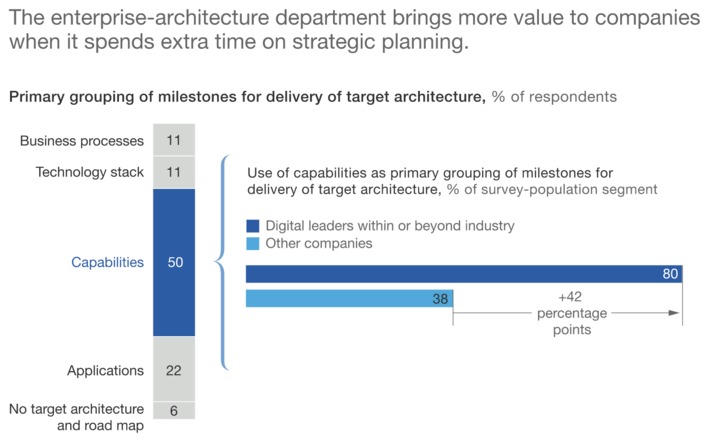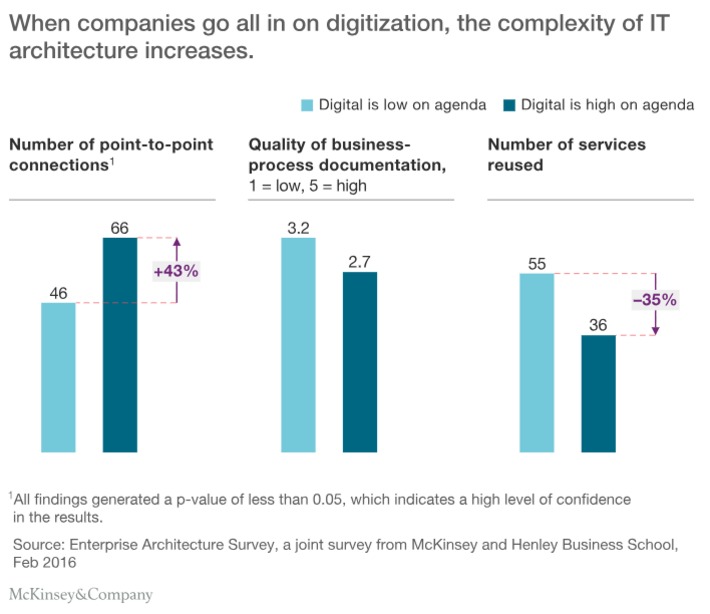Focusing on business processes can lead companies to end up with multiple systems that perform similar functions, such as customer-relationship management. Concentrating too much on technology can cause EA teams to organize their work around building applications rather than enabling the business.
Research and publish the best content.
Get Started for FREE
Sign up with Facebook Sign up with X
I don't have a Facebook or a X account
Already have an account: Login
Get weekly or monthly digest of all posts in your inbox: https://fmcs.digital/wim-subscribe
Curated by
Farid Mheir
 Your new post is loading... Your new post is loading...
|

Curated by Farid Mheir
Get every post weekly in your inbox by registering here: http://fmcs.digital/newsletter-signup/
|

















WHY IT MATTERS: this article relates to a recent post on EA tools. The conclusion is clear: EA should focus on delivering what business needs instead of pushing for technology infrastructure. Instead of having milestones related to building single sign on or identity management solutions, align roadmap to the delivery of employee self-service portal for HR or supplier B2B eCommerce for supply chain BU. Basically align the EA roadmap on the business priorities.